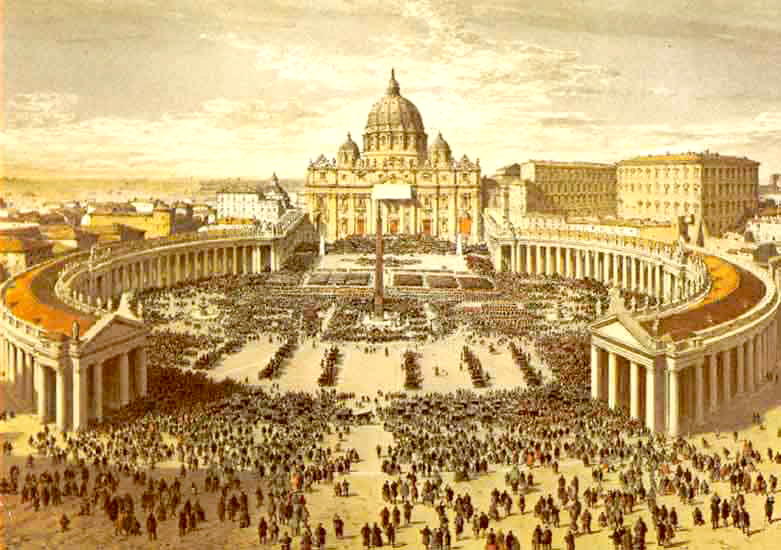The First Mark: One
The oneness of the Church is prevalent in its creation and destination. The Catholic Church was the only Church founded by Christ and given to the Apostles to maintain over time. Other Churches (besides those of the Catholic Rites) are not fraudulent, but aren't the true Church Christ made on earth. Our creation by Christ guides His pilgrim Church on earth so that all of its members can attain eternal salvation.

The Second Mark: Holy
The Church is said to be holy primarily because it was founded by Christ Himself. Furthermore, the Church is holy because through it we are able to attain salvation that can only be given through the body and blood of Jesus Christ. The Church isn't just made up of people on earth, but rather a dual-connection between people and earth and the saints in heaven. Through the Church, people are able to become saints, adding to the second mark of holy.

The Third Mark: Catholic
In modern usage, the word "Catholic" means universal. In terms of the Church, this definition gives the best explanation of its goals and message. The Catholic Church strives for unity, and its goal for all its members and members on earth to attain salvation through Christ and its sacraments. The Catholic Church is not a selective organization, but rather open to everyone at every time.

The Fourth Mark: Apostolic
The Church can be called "Apostolic" because of its founding with the Twelve Apostles and its Apostolic succession, defined as the true line of bishops and popes from St. Peter. When Christ founded the Church, he gave St. Peter the ability to bind and loose, and Catholics know that every pope is from the line of St. Peter and thus has Christ's authority.
-atohme




